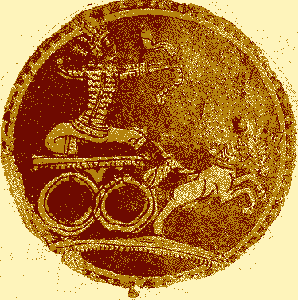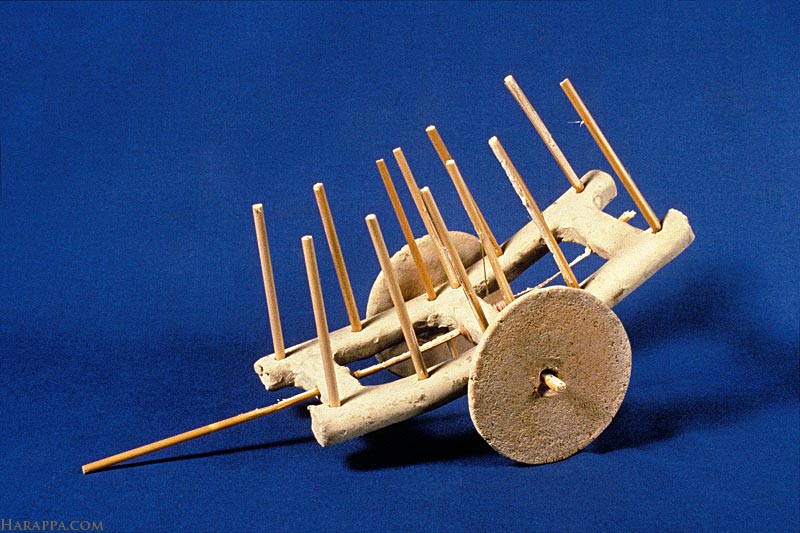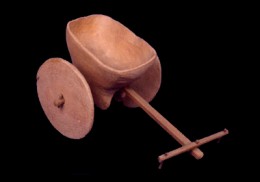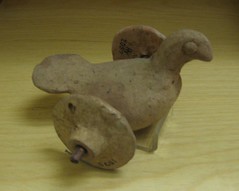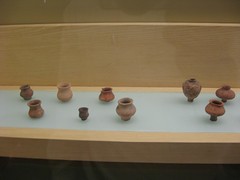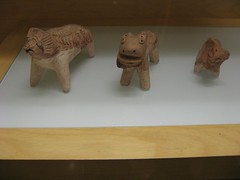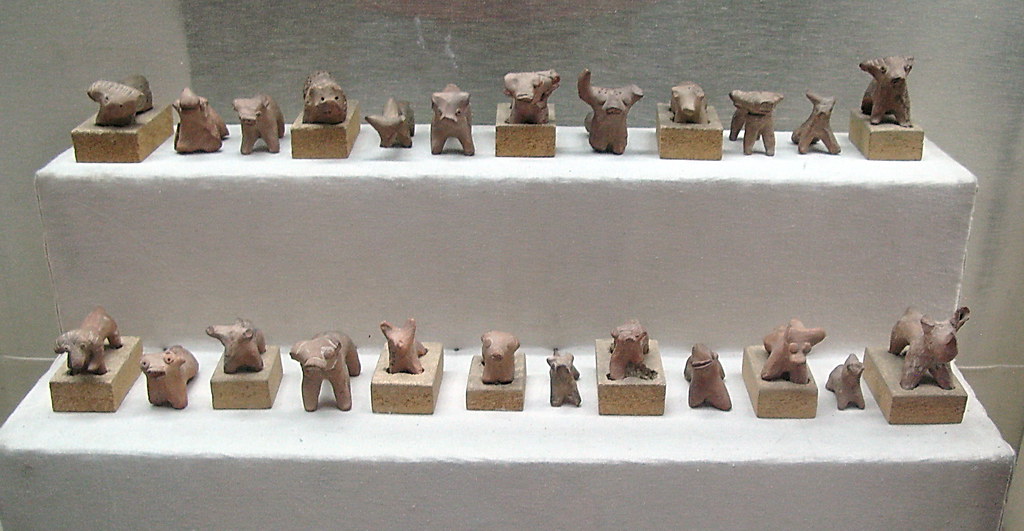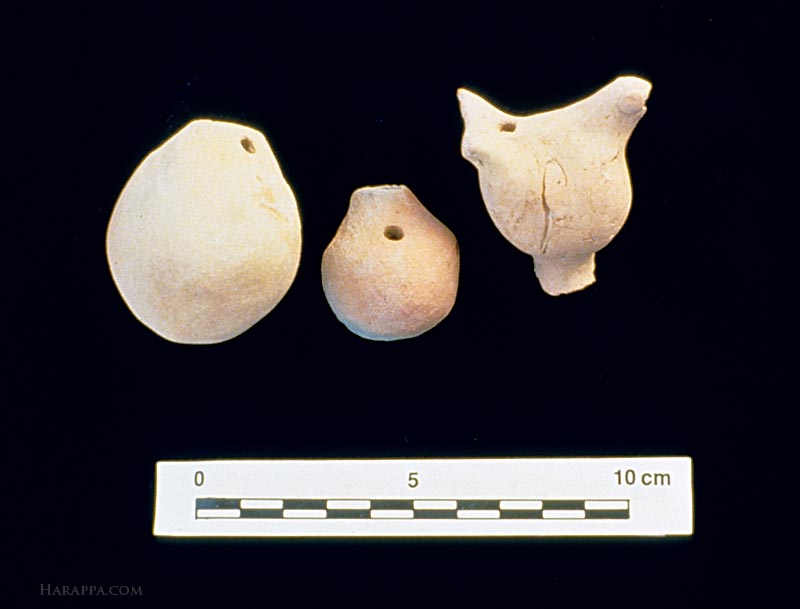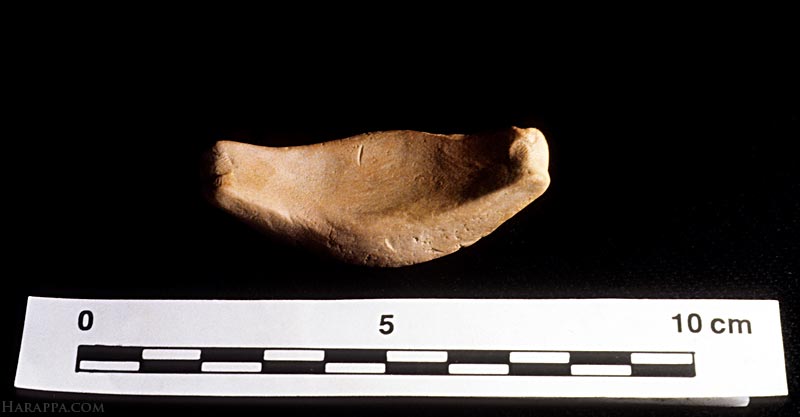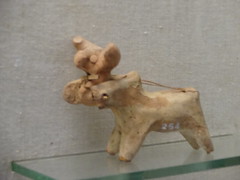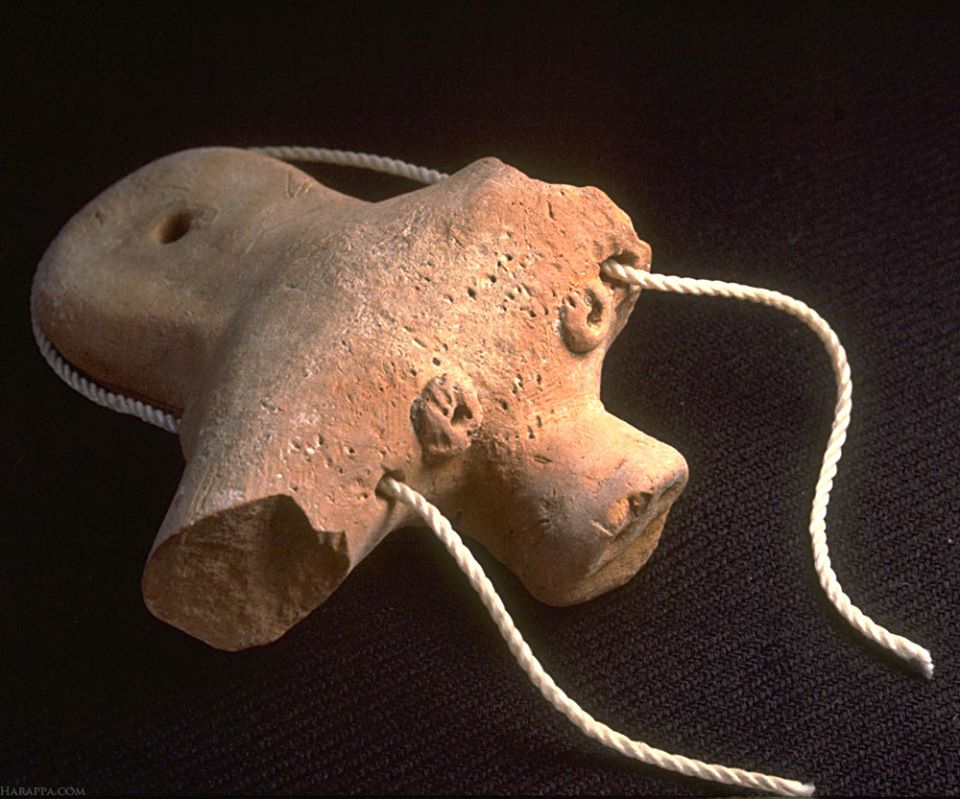“Sociodramatic play is the most advanced form of social and symbolic play. In sociodramatic play, children carry out imitation and dramatic and fantasy play together. Sociodramatic play involves role-playing, in which children imitate real-life people and experiences that they have had themselves. Make-believe is also a component because it serves as an aid to imitation. It allows the children to represent real-life events and includes their imaginations in carrying out their roles.” The child’s abilities in sociodramatic play improve with experience, and, as the child plays with different children, play becomes more varied to include new interpretations and ideas.” - WILLIAM H. STRADER
Sara Smilansky, a renowned researcher and a professor from Israel, has researched on the sociodramatic aspect of child's play. Smilansky has a a lot of publications on play and it's relation to learning. Initially, Smilansky worked with Jean Piaget, which led to the development of three stages of play, which has been mentioned in the earlier blog, that is sensory motor play, symbolic play and games with rules.
Further, Smilansky reworked on Piaget's theory of explaining that play does not occur in stages but rather children engage in four types of play which is present at all stages of development. The four types of play are;
- Functional play, where children use their muscles and senses to explore things around
- Conditional play, where children use the muscles and senses at the same time are trying to be creative.
- Games with rules, where children are trying to understand the use of rules in play.
- Dramatic play, which according to Smilansky is the most complex form of play involving the imitative capacities of the children.
According to Smilansky, these types of play effects academic success in children. Smilansky worked further on Sociodramatic play of children to understand it's relevance to learning. According to Smilansky, "Sociodramatic play is also considered as dramatic play children engage in at a social setting". This play occurs at two levels imitative and imaginative. Imitative is the first level where the child imitates real persons and real situations. Imagination goes a level higher than imitative, when the child begins to enact and create a whole imaginary situation to include whatever they imitate.
Sociodramatic play and the four types of play as explained by Smilansky are the key components for understanding the relation between play and learning.
Smilansky's research greatly contributed to the world of developmental psychology. It greatly impacted research on the effects of play and learning. The research she's contributed to says that sociodramatic play allows for preparation for children's school years. It was also found that the type of background children come from has an effect on sociodramatic play, which affects their learning and academics.
By Dr Srividya K.
Sources:
https://en.wikipedia.org/wiki/Sara_Smilansky




